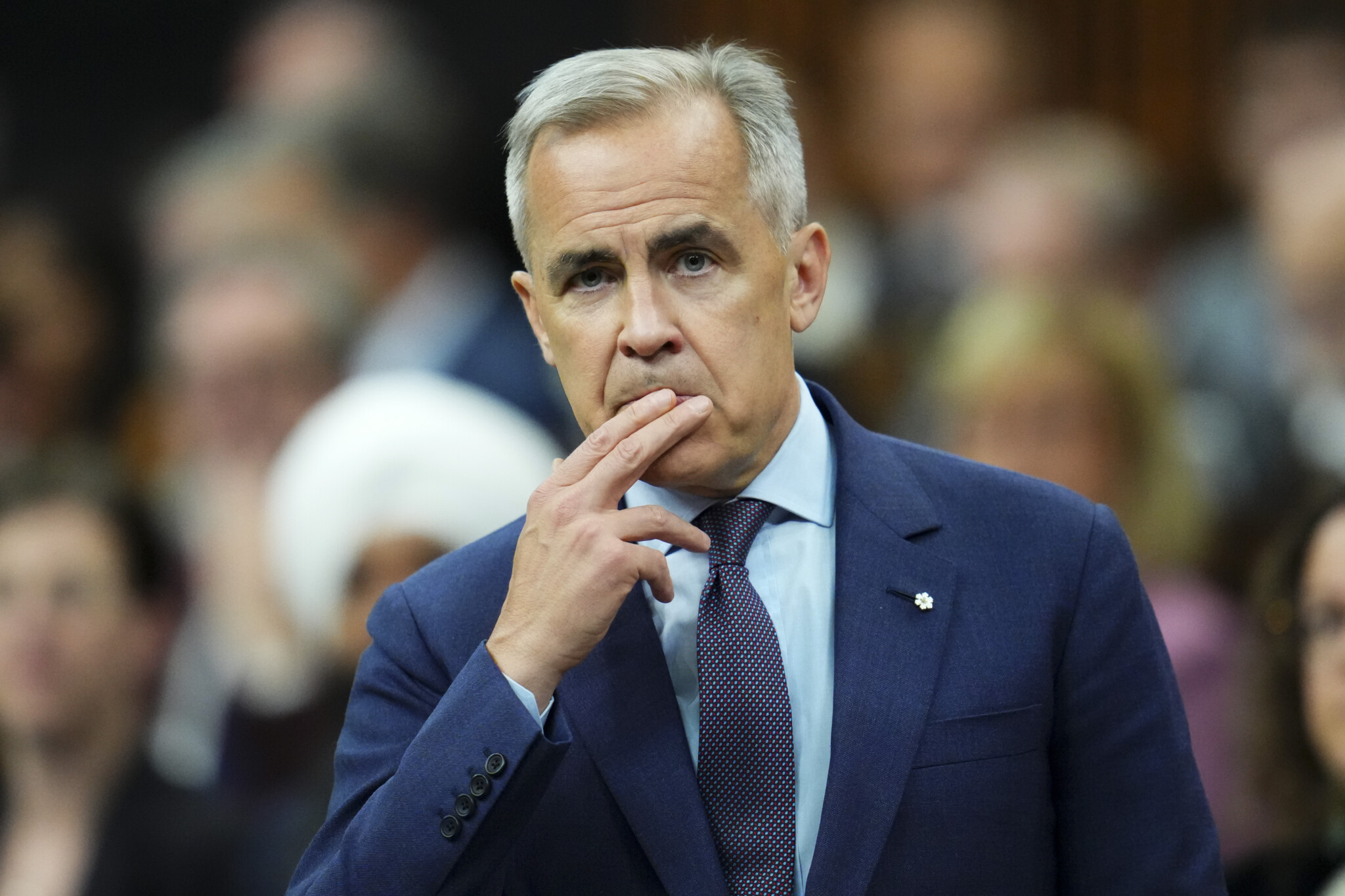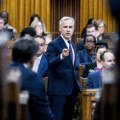This week’s reports that the Carney government is set to undertake a government-wide spending review to identify fiscal savings come at a key time. Although Ottawa’s rising deficits and debt aren’t yet at crisis levels, there are worrying signs that the federal budget could get out of control if the government isn’t careful.
We’re entering a phase in federal fiscal policy where the economy’s growth trajectory isn’t likely to keep up with the rising cost of our debt.
The critical relationship to watch isn’t just the size of the debt or the deficit—it’s the spread between GDP growth and interest costs on the debt, both expressed as a percentage. When growth exceeds the average interest rate on government bonds, the government can carry modest deficits without destabilizing its finances. But when interest rates rise above the rate of growth, debt can eventually become unsustainable. There’s a risk that the federal government is heading in this direction.
The economy is slowing
Canada’s long-run economic growth outlook is weakening. The Parliamentary Budget Officer and the Bank of Canada both project real GDP growth to average around 1.5 percent annually through the late 2020s, which is far below the historical average of 2.5 percent to 3 percent. Population aging, declining productivity, and stagnant business investment are all contributing to this slowdown.
Nominal GDP growth (which includes inflation) is expected to hover around 3.5 percent to 4 percent, but much of that is driven by price levels rather than real economic output. In a high-inflation context, this might appear acceptable, but as inflation settles below the Bank of Canada’s benchmark rate, nominal growth will be closer to 3 percent.
Debt costs are rising
Meanwhile, the effective interest rate on the federal debt is climbing sharply. The effective rate is now projected to exceed 3.5 percent, with the cost of new borrowing to be even higher.
As the debt stock and interest rates rise, debt-servicing costs necessarily go up. They’re now one of the fastest-growing line items in the federal budget. The 2024 budget estimated that annual interest payments would rise from $46.5 billion in 2023-24 to over $60 billion by 2028-29 (see chart 1). That would consume nearly 11 cents of every federal dollar collected—up from about 7 cents just a few years ago.








